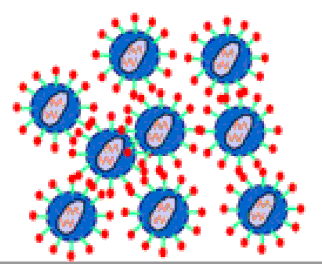Papers in the Biological Sciences

Qingsheng Li Publications
Document Type
Article
Date of this Version
2005
Citation
Published in Journal of Infectious Diseases 192 (2005), pp. 1269–1276.
Abstract
Osteopontin is a multifunctional protein with known roles in bone remodeling, wound healing, and normal and pathological immune responses. We showed in microarray studies that osteopontin gene expression is increased in human immunodeficiency virus type 1 (HIV-1)–infected lymphatic tissues after treatment, and we undertook mapping experiments to study osteopontin’s possible functions in this context. We discovered species-specific colocalization of osteopontin with the follicular dendritic cell (FDC) network in lymphatic tissues in HIV-1 and simian immunodeficiency virus infections, and we found that changes in FDC-associated osteopontin covary with changes in lymphoid follicles during acute and late stages of infection and in response to treatment. We propose that this localization normally facilitates antibody production and plays a role in B cell abnormalities in infection and in the reconstitution of lymphoid follicles with treatment and that mapping genes identified in microarray studies is a useful experimental approach to gaining a better understanding of function in the context of a particular tissue and disease.


Comments
Copyright © 2005 Infectious Diseases Society of America; published by Oxford. Used by permission.